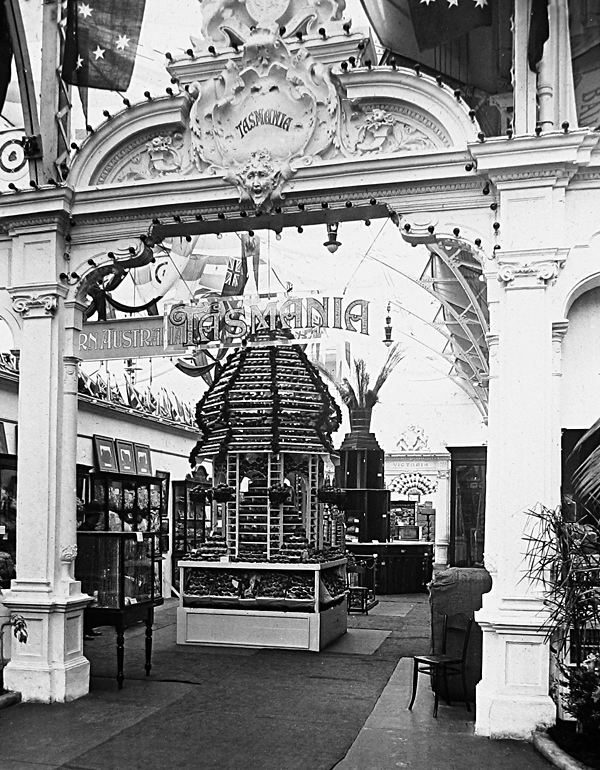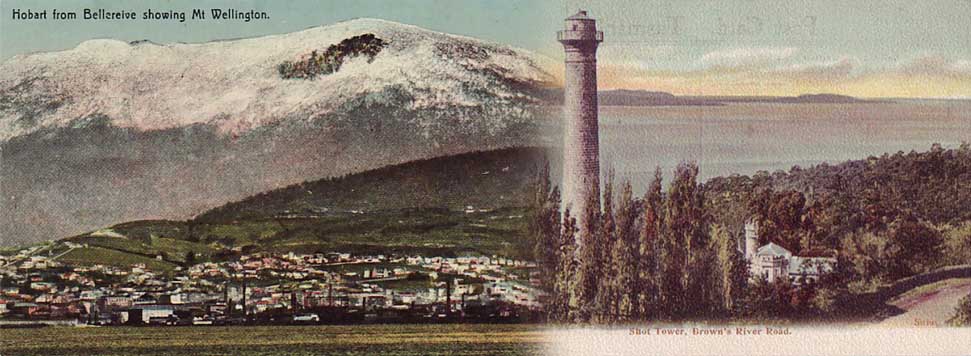The Franco-British Exhibition of Science, Arts and Industry was a large public trade exhibition held in London between 14 May and 31 October 1908. The exhibition attracted 8 million visitors and celebrated the Entente Cordiale signed in 1904 by the United Kingdom and France, officially concluding decades, or centuries, of hostility between the two countries.
The Exhibition was held in an area of west London near Shepherds Bush which is now called White City - the area acquired its name from the exhibition buildings which were all painted white. Twenty palaces and seven exhibition halls were constructed of ‘fire-proof materials.’ The participating countries were Britain and France and their colonies, which included Australia and hence Tasmania.
The fair was the largest exhibition of its kind in Britain, and the first international exhibition co-organised and sponsored by two countries. It covered an area of some 140 acres, including an artificial lake, surrounded by an immense network of white buildings in elaborate (often Oriental) styles.
After being used for four more exhibitions up to 1914, the site fell into disrepair and was unused for over twenty years. It was then demolished bit by bit to make way for various developments over the last century. First in the 1930s the housing estate in the North of the site, now centred on Commonwealth Avenue. The BBC took over much of the remaining site from the 1950s onwards with the BBC Television Centre, which was subsequently itself redeveloped.
The Australian Pavillion was a substantial building, with a “court” for each state. The image below shows the Tasmanian court. The Tasmanian court presented Tasmanian industries, which at that time were mainly primary industries centred on wool and sheep, hop growing, apple growing, timber getting and mining.
The exhibition occurred at the height of the postcard boom in UK, so there was an enormous range of postcards produced by the participating countries. Many of these are still available today, at modest prices, as a search of EBay will show. A set of about 24 cards was produced for the Tasmanian court, and presumable distributed to visitors.

